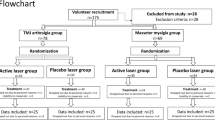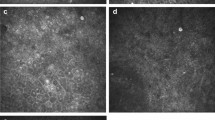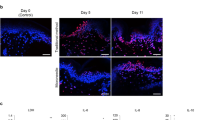Abstract
SINCE recording the discovery of an encysting Myzostoma on the Comatulæ of Milford Haven (NATURE, August 27, p. 391) have examined a large number of other examples of Antedon rosacea from different British localities; and I have found Myzostoma-cysts or other modifications of the pinnule-joints on individuals from Torquay, Cumbræ, Arran, and Oban, while in one or two cases the arm-joints are also affected. Prof. A. C. Haddon has kindly sent me some Comatulæ which he dredged last summer in Berehaven, County Cork, and in Dalkey Sound, County Dublin, and I have found slightly malformed pinnules in one individual from each locality, though there are no traces of definite cysts. It is clear, however, from what has been said above, that this encysting Myzostoma has a tolerably wide distribution in the British area; and I shall be very glad to hear of its discovery on Comatulæ from other localities than those which I have mentioned.
This is a preview of subscription content, access via your institution
Access options
Subscribe to this journal
Receive 51 print issues and online access
$199.00 per year
only $3.90 per issue
Buy this article
- Purchase on SpringerLink
- Instant access to full article PDF
Prices may be subject to local taxes which are calculated during checkout
Similar content being viewed by others
Author information
Authors and Affiliations
Rights and permissions
About this article
Cite this article
CARPENTER, P. The New British Myzostoma. Nature 33, 8 (1885). https://doi.org/10.1038/033008d0
Issue date:
DOI: https://doi.org/10.1038/033008d0



